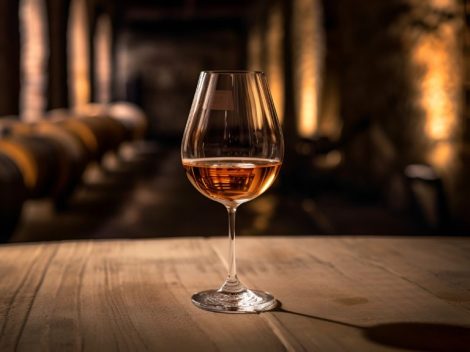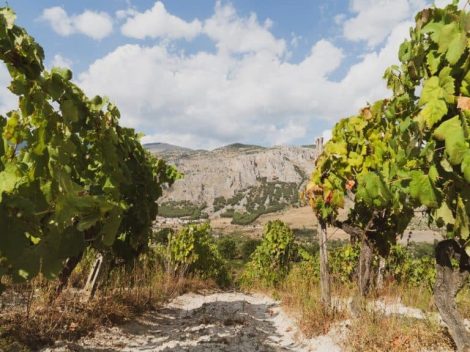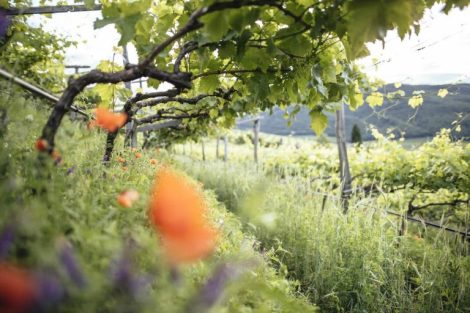Cantina Cortaccia
One of the youngest presidents to head an Italian wine cooperative, Andreas Kofler, 33 years old, has led the Cantina Cortaccia since 2013. It is one of the most interesting and dynamic activities in Alto Adige. Under his leadership, the cooperative has undertaken a journey that within a few years will make it one of the most innovative in the region for its use of avant-garde technology and its environmental sustainability, all without betraying its long history. “We want to produce wines that faithfully reflect their origins and their different terroirs,” Kofler explained, “wines that are faithful to tradition yet look to the future.” Cantina Cortaccia, founded on May 13, 1900, the date when the first 42 members created the cooperative, is firmly rooted in the past. Today participating members number 186, with their 178 hectares of vineyard producing over a million bottles.
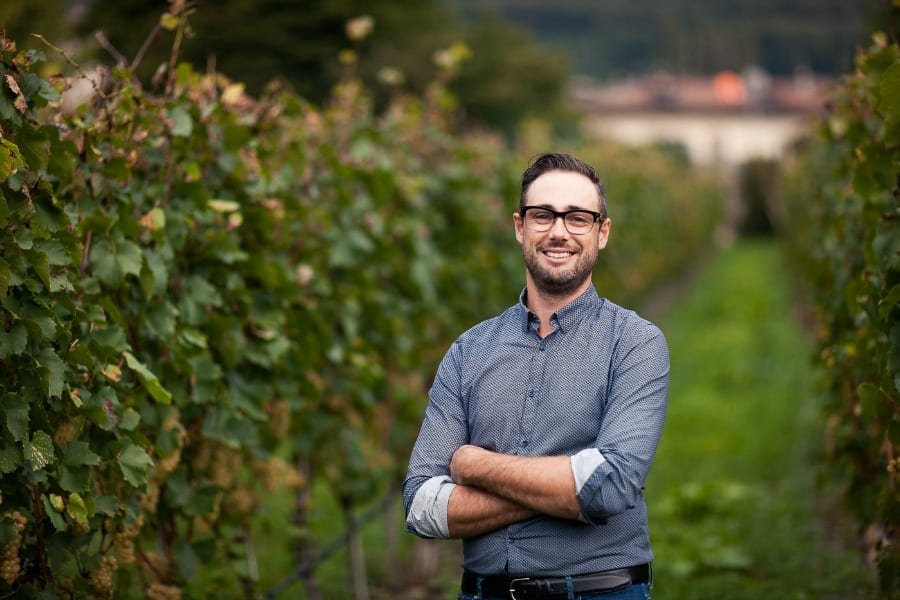
The meaning of cooperative in the wine sector
But what does ‘cooperative’ mean? Too often in Italy, member-owned businesses are looked upon with suspicion, since in the past, cooperatives aimed for high volume rather than high quality. That may have been true for various zones in Italy, but that was never an Alto Adige vice. Cooperative wineries in this region always based their production on rigid protocols. “The cooperative system in Alto Adige works well because all participants take the road to high quality. Moreover, there has always been and there still is healthy competition between the wineries. It’s a stimulus to constant growth,” commented Andreas. “The greatest advantage of a cooperative like ours is that each grower works, on the average, less than a hectare of vineyard, so manages to care for it in the best of ways. That comes clear during the harvest, above all in critical years. So we can say that we have the best aspects of a large structure, with the attention and passion of a small grapegrower.” A great slogan, but how does it work in practice? “Above all, we follow our members step by step. We have a dedicated agronomist and we use online monitoring that allows us to evaluate and catalogue the progression of work in the vineyard, creating a history that is fundamental to understanding the evolution of the grapes and all the steps for attaining a specific wine. For example, the sugar content is not the only parameter for determining the payment for grapes.” And how does the market respond? “About 50% of our business is in Alto Adige, 25% in the rest of Italy and 25% abroad, especially in Germany, Switzerland and the USA.”
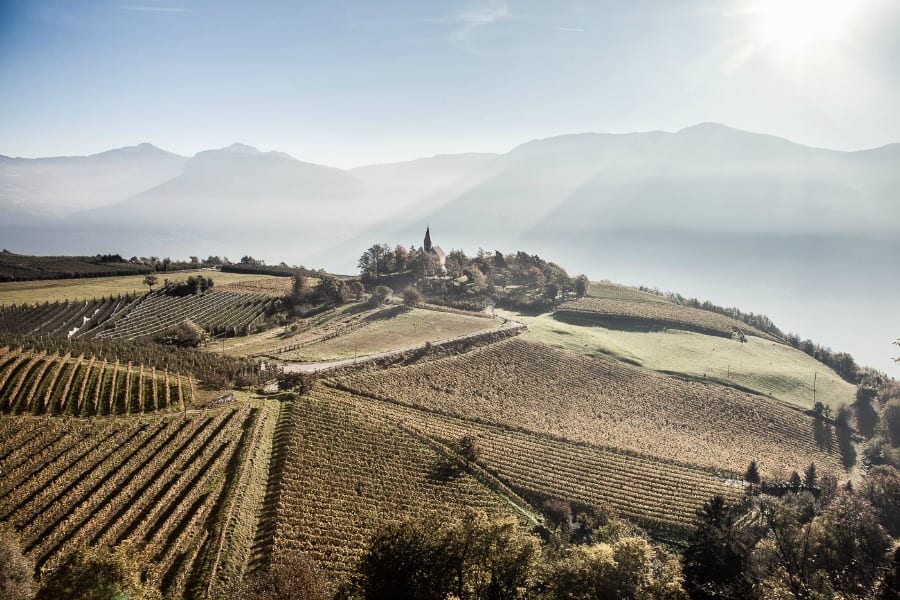
Tasting: the best labels
“The diversity of altitudes, ranging from 220 to 900 meters above sea level, allows us to have the ideal terroir for each variety”. Othmar Donà, Cantina Cortaccia enologist, described the variety of pedoclimates in the various territories of the 186 members. “In the low zones, with deep, clayey soils,” he told us, “reds reach ideal maturity, with balanced acidity. They are wines with important structure, elegance and longevity. In the middle zones, gewürztraminer and chardonnay develop typical varietal aromas, with a balanced acidic component and good minerality. In the highest vineyards, the varieties that require marked temperature excursions but never very high ones, like sauvignon, pinot bianco and müller Thurgau, attain their most complete expression. These soils give very saline wines that have wonderful acidity and a very typical, accentuated fruitiness that is never cloying.”
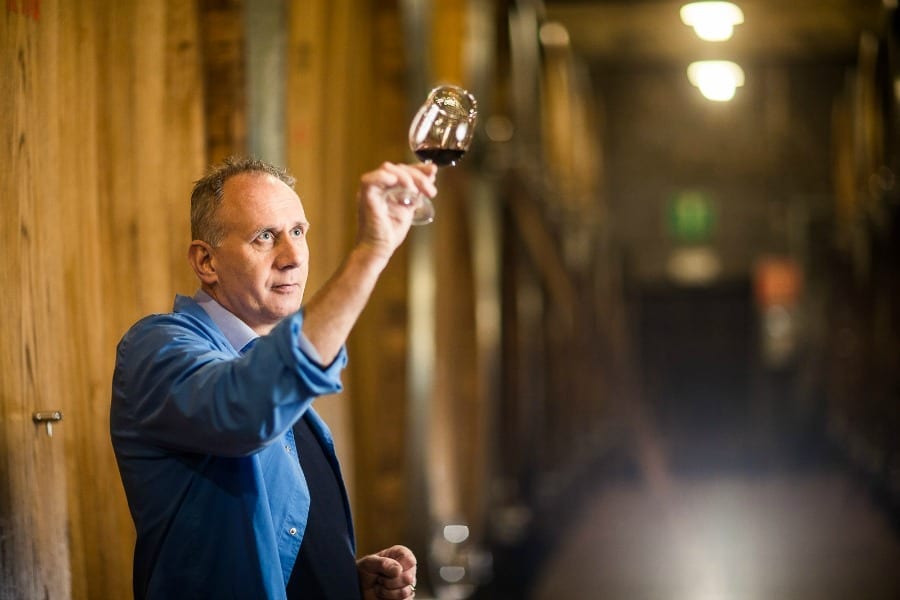
3 bicchieri - A. A. Gewürztraminer Brenntal Ris. '12
A wine that displays a different style from the aromatic Alto Adige varietal. The long stay in the cellar gives us a wine that plays the card of complexity and depth of aromas, lending the palate fullness well-managed by marked sapidity, and a long, fascinating finish.
2 bicchieri rossi - A. A. Merlot Brenntal ’12
The merlot vines that provide the grapes for this wine grow in one of the warmest zones of the South Tyrol. The vineyards are at an altitude that ranges from 220 to 330 meters above sea level, on clayey and pebbly soil that holds the heat during the day, releasing it during the night. After 14 months in barriques, of which 50% are new, and a transfer to large wooden casks, the result is a rich, powerful and juicy red.
2 bicchieri rossi - Aruna V. T. ’13
The lively fruity acidity of gewürztraminer combines with the elegant aromatics of moscato giallo. The altitude, 500 meters above sea level, and excellent exposure on the slope guarantee the slow and perfect ripening of the grapes. Once pressed, they ferment in third-passage barriques. The result is a meditation wine of marked regional character, elegant aromas and a long, agile mouthfeel.
by William Pregentelli

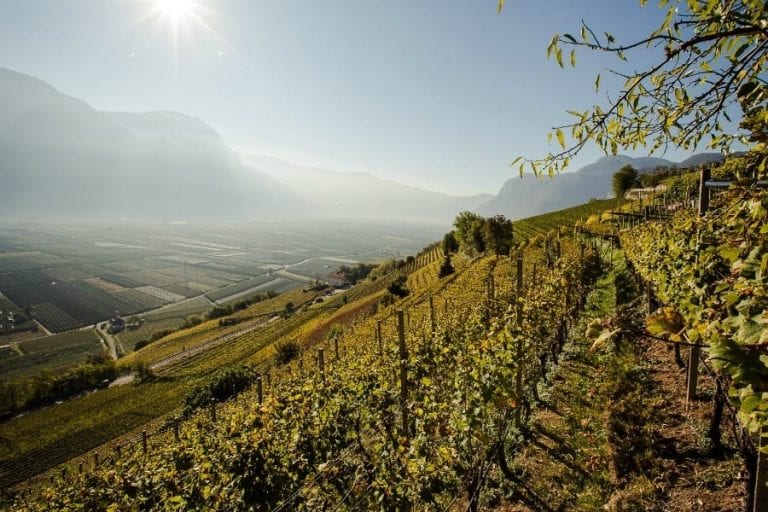

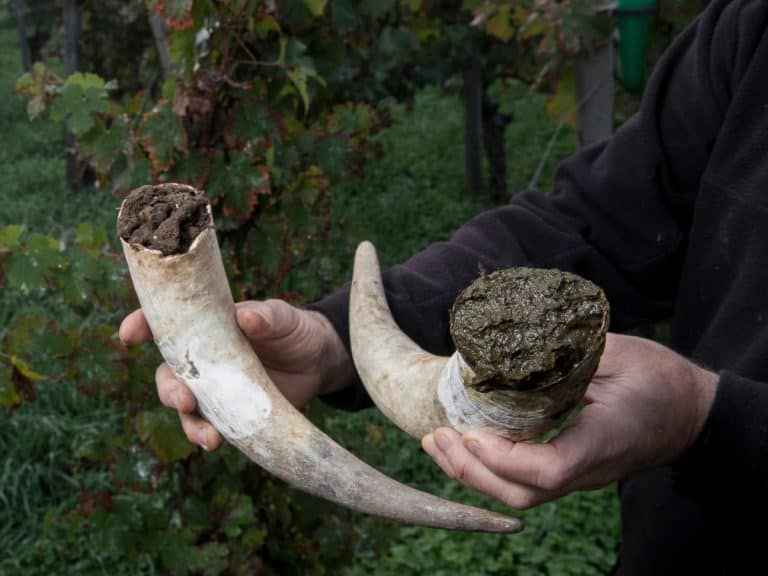 "Biodynamic preparations ave no effect on viticulture": The shocking conclusions of a Swiss study
"Biodynamic preparations ave no effect on viticulture": The shocking conclusions of a Swiss study Ten last-Minute Christmas gift ideas for a wine nerd
Ten last-Minute Christmas gift ideas for a wine nerd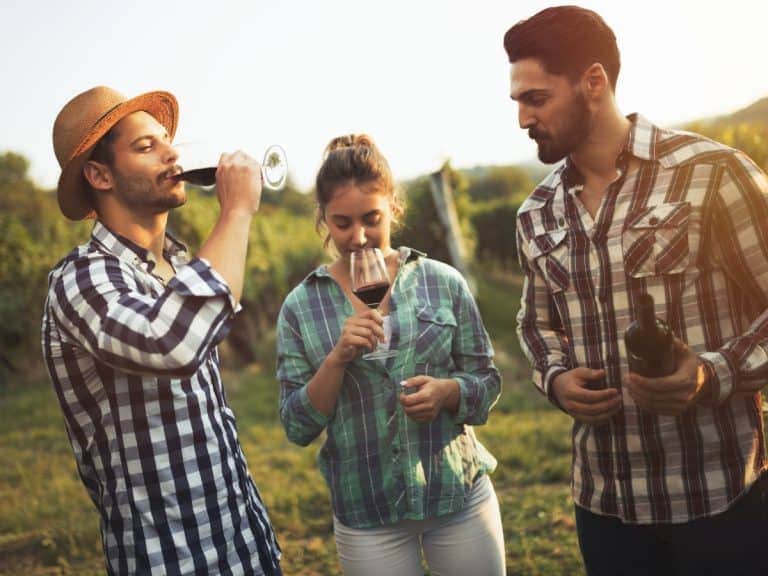 Food and wine tourism generates €40 Billion in revenue: Tuscany, Emilia-Romagna, and Puglia take the podium
Food and wine tourism generates €40 Billion in revenue: Tuscany, Emilia-Romagna, and Puglia take the podium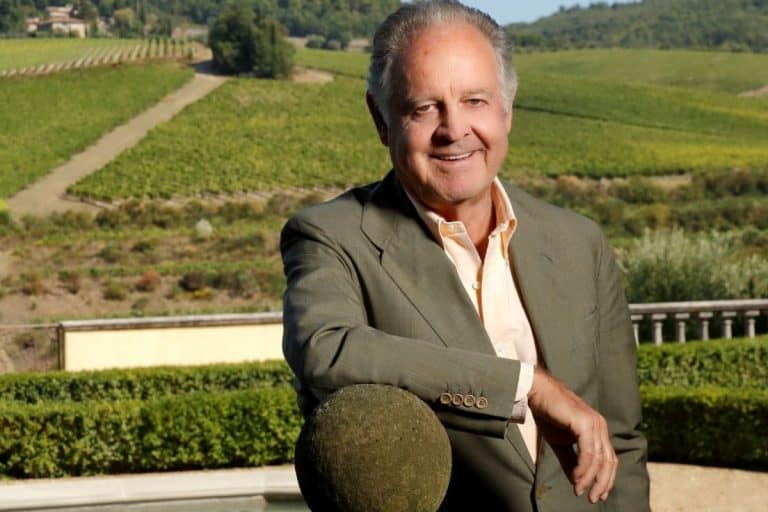 "Non-alcoholic wine shouldn’t be demonised: it’s in everyone’s interest that it’s not just a passing trend". Piero Antinori opens the door to the category
"Non-alcoholic wine shouldn’t be demonised: it’s in everyone’s interest that it’s not just a passing trend". Piero Antinori opens the door to the category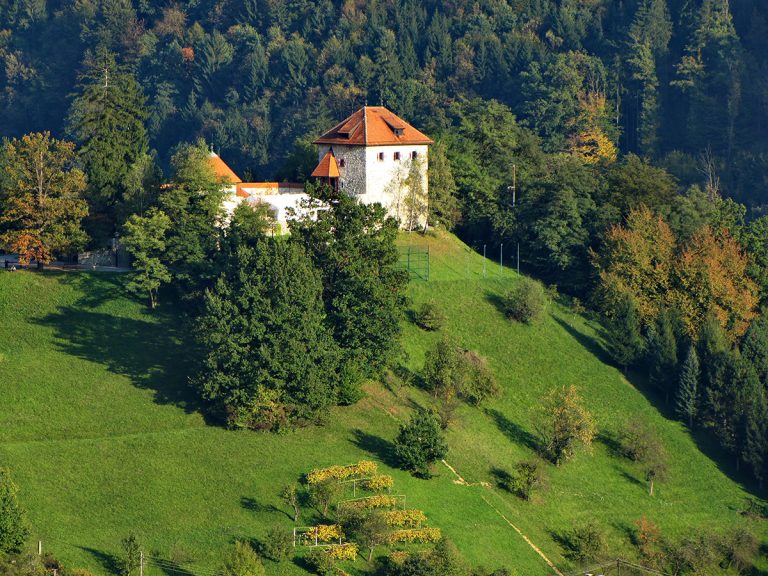 The Slovenian chef passionate about foraging who cooks in a remote castle
The Slovenian chef passionate about foraging who cooks in a remote castle
